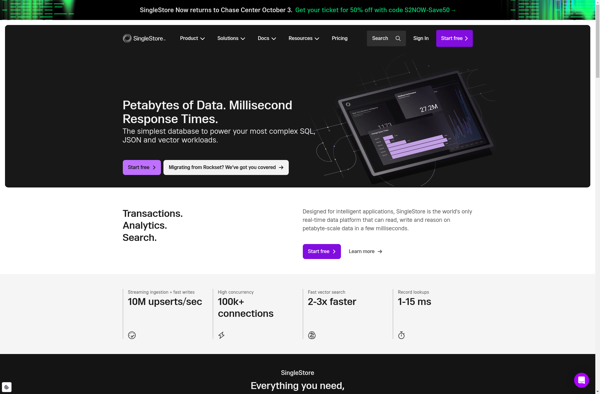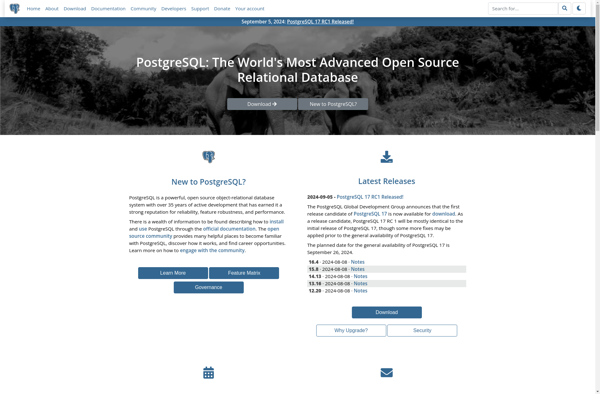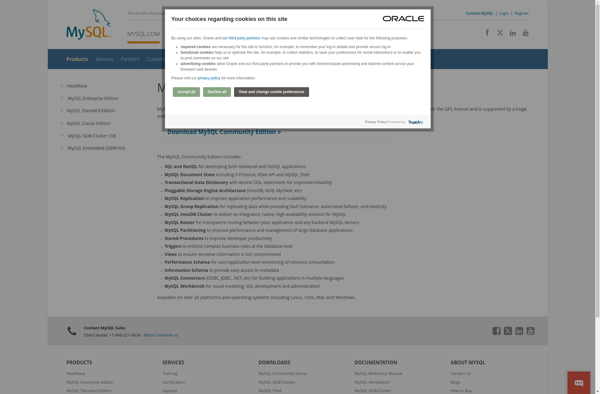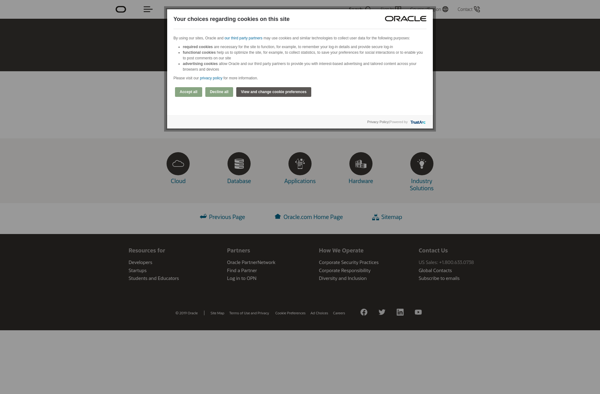MemSQL

MemSQL: Real-Time Analytics and Transactional Processing
A distributed, in-memory relational database offering high-performance analytics and transactional processing for real-time insights on live data
What is MemSQL?
MemSQL is a distributed, in-memory relational database management system designed for high-performance analytics and transactional workloads. It combines the horizontal scalability of a distributed database with the performance of in-memory computing to achieve fast processing for both analytics and transactions on the same data.
Key features of MemSQL include:
- Distributed architecture that runs across commodity servers or cloud infrastructure
- Columnar storage format optimized for analytics performance
- Concurrent access for analytics and transactions on the same data
- ANSI SQL support with ACID transactions
- Native integration with Spark, Kafka, Airflow and other technologies
- Cloud-native deployment options on public clouds like AWS, GCP and Azure
Use cases for MemSQL include real-time analytics, digital experience monitoring, fraud detection, and operational reporting. Its sweet spot is enabling organizations to get insights from live production data as it changes while still supporting mission-critical transactional applications.
Overall, MemSQL aims to bridge the gap between high-performance analytics databases and scalable transactional databases, allowing both types of workloads to run simultaneously on the latest generation of commodity hardware and cloud infrastructure.
MemSQL Features
Features
- Distributed, in-memory architecture
- Supports real-time analytics and transactional processing
- Columnar and row-based storage
- Automatic sharding and load balancing
- Supports SQL and NoSQL queries
- Integrates with popular data tools and frameworks
- Automated data tiering and compression
Pricing
- Subscription-Based
Pros
Cons
Official Links
Reviews & Ratings
Login to ReviewThe Best MemSQL Alternatives
Top Development and Databases and other similar apps like MemSQL
Here are some alternatives to MemSQL:
Suggest an alternative ❐PostgreSQL

MySQL Community Edition

Microsoft SQL Server

Oracle Database

MarkLogic

NuoDB

Postgres-XC

Starcounter

Clustrix

EdgeDB
